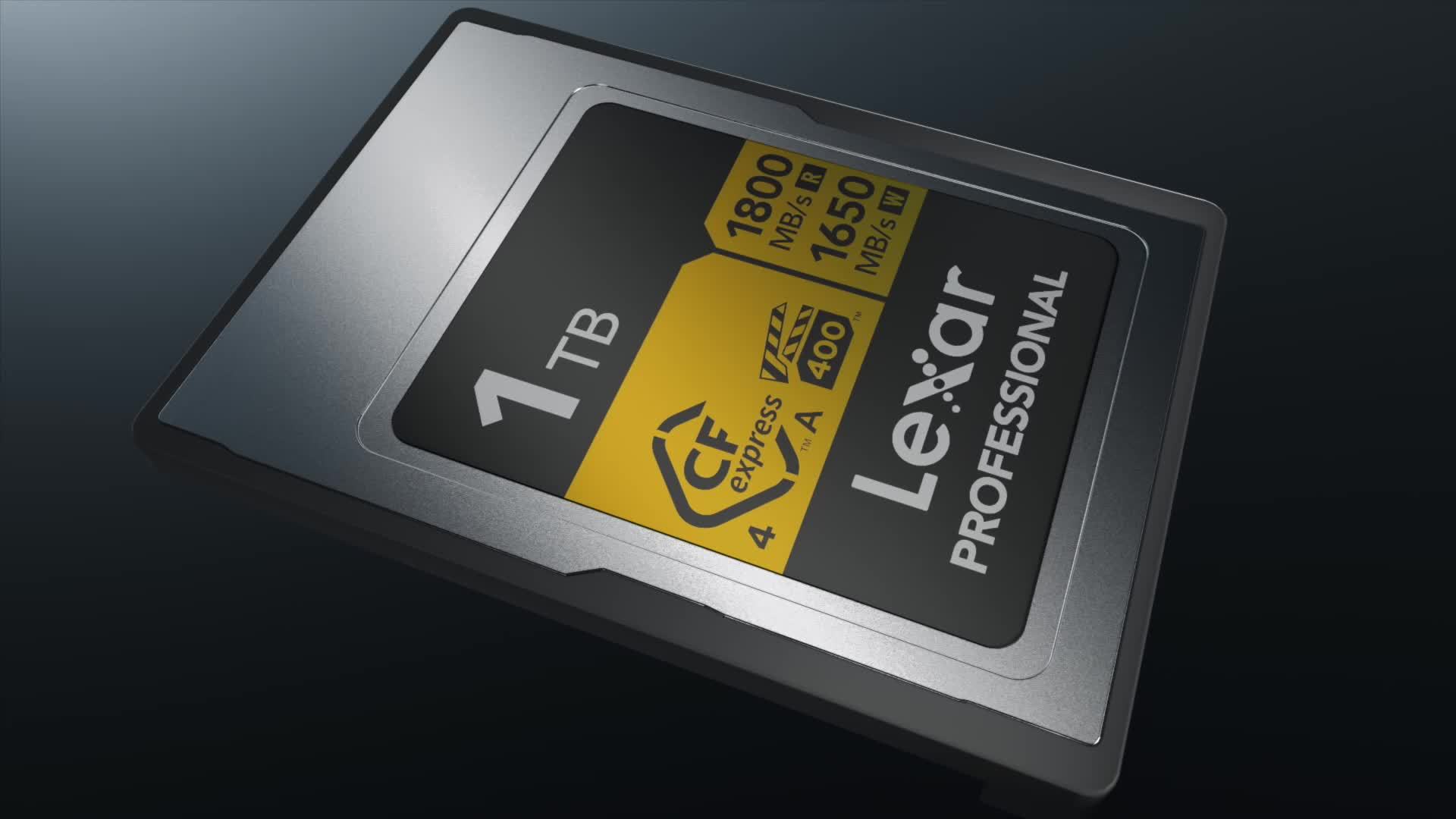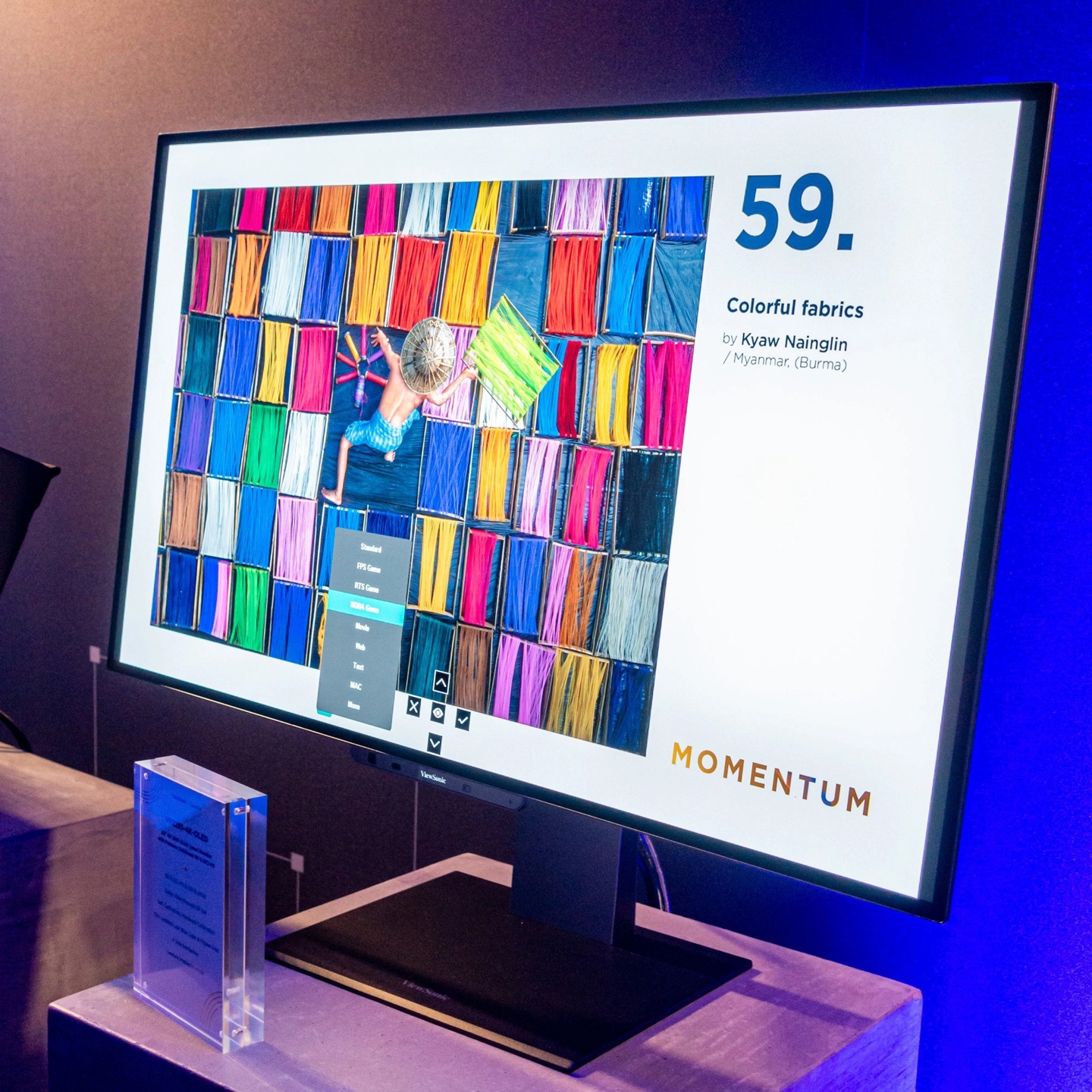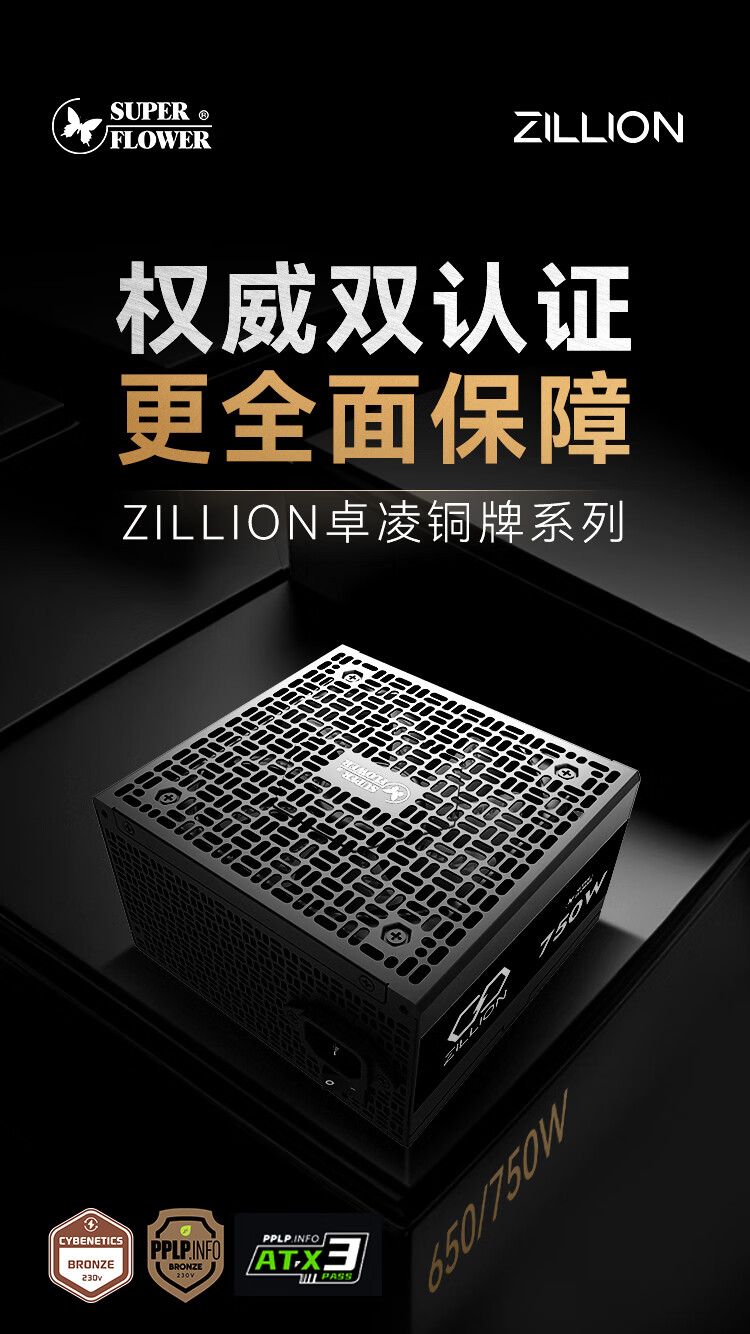据 Benchlife 报道,英特尔近日向主板制造商发布邮件称,将推出“Intel Default Settings(英特尔默认设置)”配置文件,并要求客户在今年 5 月 31 日前将该设置作为主板 BIOS 的默认配置文件。
Intel requests system and motherboard manufacturers to provide end users with a default BIOS profile that matches Intel recommended settings.
• Suggested profile name“Intel Default Settings”.
• Intel requests customers to implement the“Intel Default Settings”profile as the BIOS default profile by May 31, 2024.
此前报道,英特尔引入“Intel Baseline Profile”调整电压和功耗等,改善英特尔第 13 / 14 代处理器运行游戏崩溃等不稳定情况。
英特尔观察到 600/700 系列芯片组主板用户经常设置 BIOS 默认值,会禁用限制处理器持续高电压和高频率的散热和供电保护措施,例如:
- 禁用电流过载保护(CEP)
- 不限制最大电流(Unlimited ICCMax)
- 启用热速度加速(TVB)或者增强热速度加速(eTVB)
- 可能增加系统不稳定风险的其他设置:
- 禁用 CPU C-state 状态
- 使用 Windows 卓越性能模式
- PL1 和 PL2 设置超出英特尔建议
英特尔将该配置正式定名“Intel Default Settings(英特尔默认设置)”,并要求主板制造商将其设置为默认配置。目前尚不清楚该配置文件是否会对此前的“Intel Baseline Profile”作进一步调整优化,还是仅为纯粹的更名。
| 酷睿 i9-14900K 处理器 | Baseline | Performance | Extreme |
| PBP 基础功率 | 125W | 125W | 125W |
| Iccmax | 249A | 307A | 400A |
| Iccmax.app | 200A | 245A | 320A |
| PL1 | 125W | 125W | 253W |
| PL2 | 188W | 253W | 253W |
| PL4 | 293W | 380W | 380W |
| iPL2 | 160A | 200A | 200A |
英特尔称,将于本月内发布有关问题状态和英特尔推荐 BIOS 设置建议的公开声明。
 微信扫一扫打赏
微信扫一扫打赏
 支付宝扫一扫打赏
支付宝扫一扫打赏






